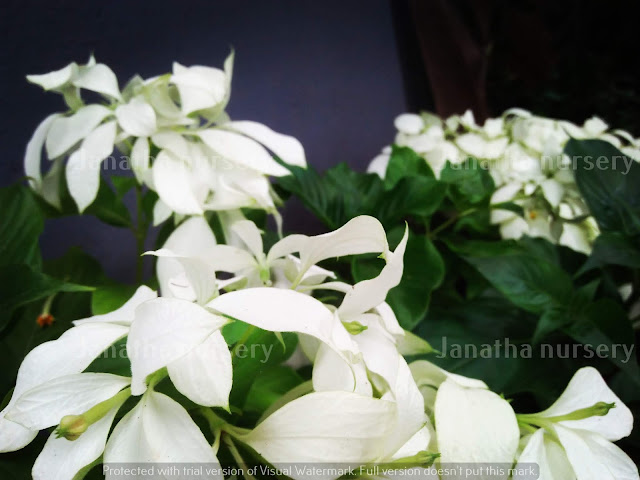
How Chinese Evergreens are used:
Their most common use is as a tabletop plant. The larger varieties are low, wide floor plants with a rounded form. Besides offices we used them in lobbies, malls, and even airports too. They make fine under plantings for tall floor plants and are also seen in dish gardens livingwalls.
They’re sold in 4, 6, 8, 10 & 14″ grow pot sizes. They range tall from 10″ tall to 3-4′ tall. My Aglaonema Silver Bay in a 10″ grow pot is 3′ x 3′.
Varieties:
Many years past once I worked within the trade the Silver Queen, Japanese leaf (A. commutatum) & the Roebellini were the three Ags to shop for. Now there are so many varieties, leaf sizes and shapes, and patterns of Aglaonemas on the market. A sampling: Maria, Silver Bay, Siam Red, Emerald Beauty, Golden Bay, Romeo, & First Diamond to name a few.
Growth Rate:
Aglaonemas have a slow to moderate growth rate. My Silver Bay (which puts out new growth like sin within the hotter months) & Red Agalonemas raiser quicker than my Maria (which is usually referred to as Emerald Beauty). Agalonemas in low light will grow slower.
Chinese Evergreen Care & Growing Tips:
Exposure:
2 green thumbs up – many of the Ags are known for their tolerance of lower light conditions. I’ve found that the dark leaf varieties, like my Ag. Maria, handle low light (which isn’t no light by the way) the best.
My Ag. Red & others that have a lot of color & brightness in their foliage would like medium light-weight to try and do their best. These can tolerate high light but keep them away from windows with the strong sun coming in or they’ll burn in no time flat.
Watering:
I water mine when dry. That tends to be every 7-9 days in the warmer months & every 2-3 weeks when winter comes around. Yours might need more or less – this houseplant watering 101 posts will help you out.
2 things: don’t water yours too often & back off on the frequency in the winter.
Temperature:
If your home is comfortable for you, it’ll be so for your houseplants too. Just be sure to keep your Aglaonemas away from any cold drafts as well as air conditioning or heating vents.
Humidity:
Chinese Evergreens square measure native to the semitropic & tropical regions. Despite this, they seem fairly adaptable & do just fine in our homes which tend to have dry air. Here in hot dry metropolis, mine only have a few teeny, tiny brown tips.
If you think yours look stressed due to lack of humidity, fill the saucer with pebbles & water. Put the plant on the pebbles but make sure the drain holes &/or the bottom of the pot aren’t submerged in water. Misting a few times a week should help out too.
Fertilizing:
Ags aren’t needy when it comes to fertilizing. I don’t fertilize mine but that might change soon because I’m experimenting with a concoction. I’ll let you know. Right now I offer my houseplants a lightweight application of worm compost with a lightweight layer of compost over that each spring. Easy will it – 1/4 to 1/2″ layer of every for a bigger sized flora. Read about my worm compost/compost feeding right here.
Liquid kelp or fish emulsion would work fine as well as a balanced liquid houseplant fertilizer (5-5-5 or lower) if you have that. Dilute any of those to 0.5 strength & apply in spring. If for a few reason you're thinking that your Japanese leaf wants another application, get it on once more in summer.
You don’t want to fertilize houseplants in late fall or winter because that’s their time for rest. Don’t over fertilize your Ags because salts build up & can burn the roots of the plant. Avoid fertilizing a houseplant which is stressed, ie. bone dry or soaking wet.
.











































